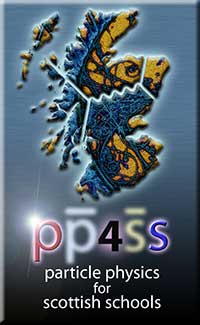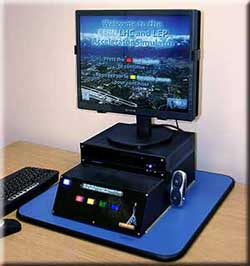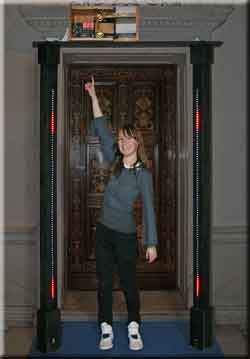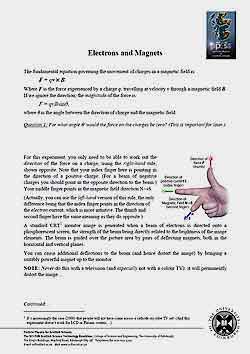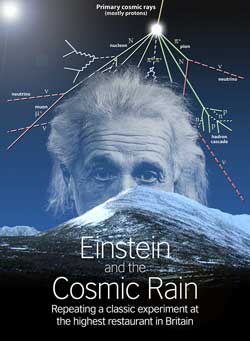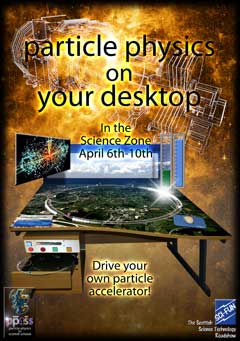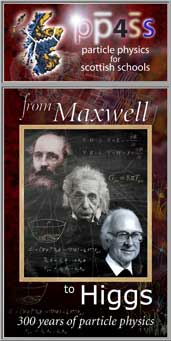|
Case study #3
Particle Physics for Scottish Schools (an embryo example)
Particle Physics is both helped and hindered by its reputation with the general public: it is seen as a glamorous subject, but one that requires some background knowledge to understand. Alan’s goal was to find a way to create a series of connected exhibits, themed together under a single story, to introduce pupils and the public in general to some of particle physics’ simpler topics, with two particular goals: first, to describe the work being carried out at CERN’s LHC accelerator; and second, to introduce people to the ideas behind the discovery of particles from space, ‘cosmic rays’. Working with Peter Reid and Mark Reynolds of the SCI-FUN team, Alan created a series of seven outreach exhibits, as part of the PP4SS cluster. Several of the exhibits, briefly described below, were used as prototypes of the FUSION design methodology: in particular, the LHC simulator, the cosmic ray doorway, and a card game, used to introduce pupils to particle interactions. More information can be found on the PP4SS exhibits at the following page. |
|||||||
|
|||||||
|
|
|||||||

